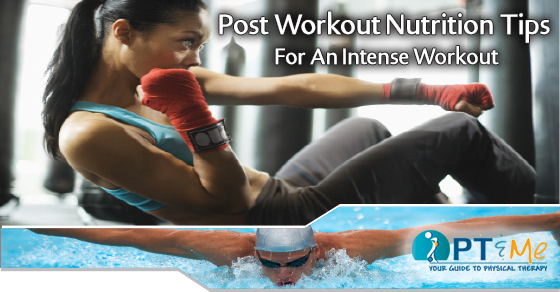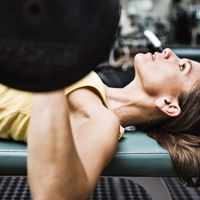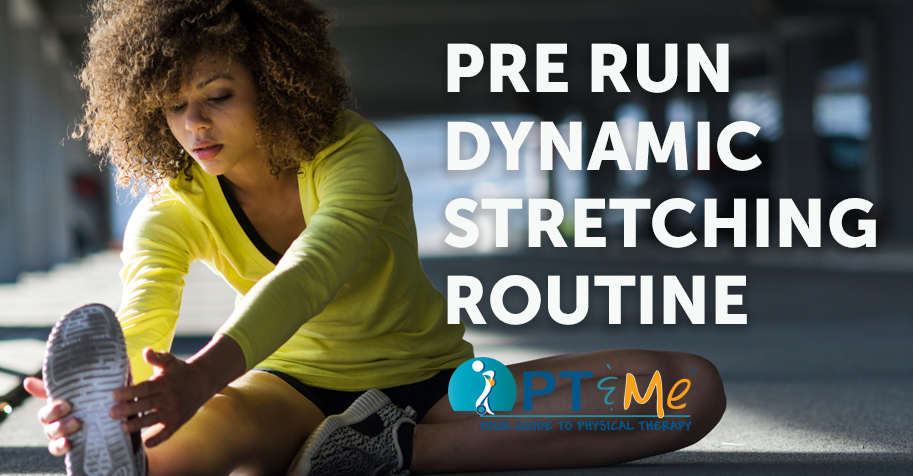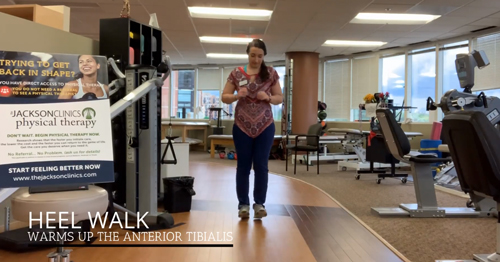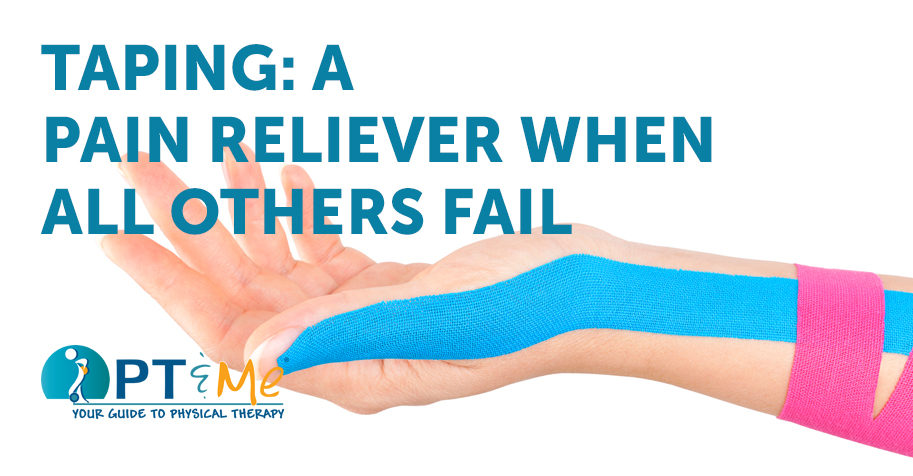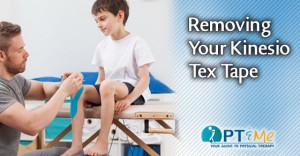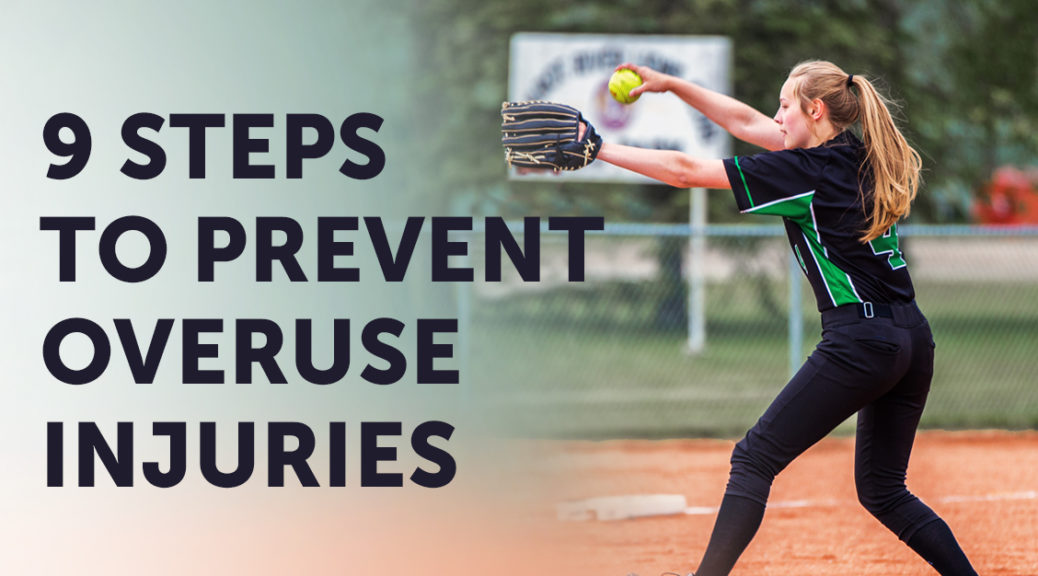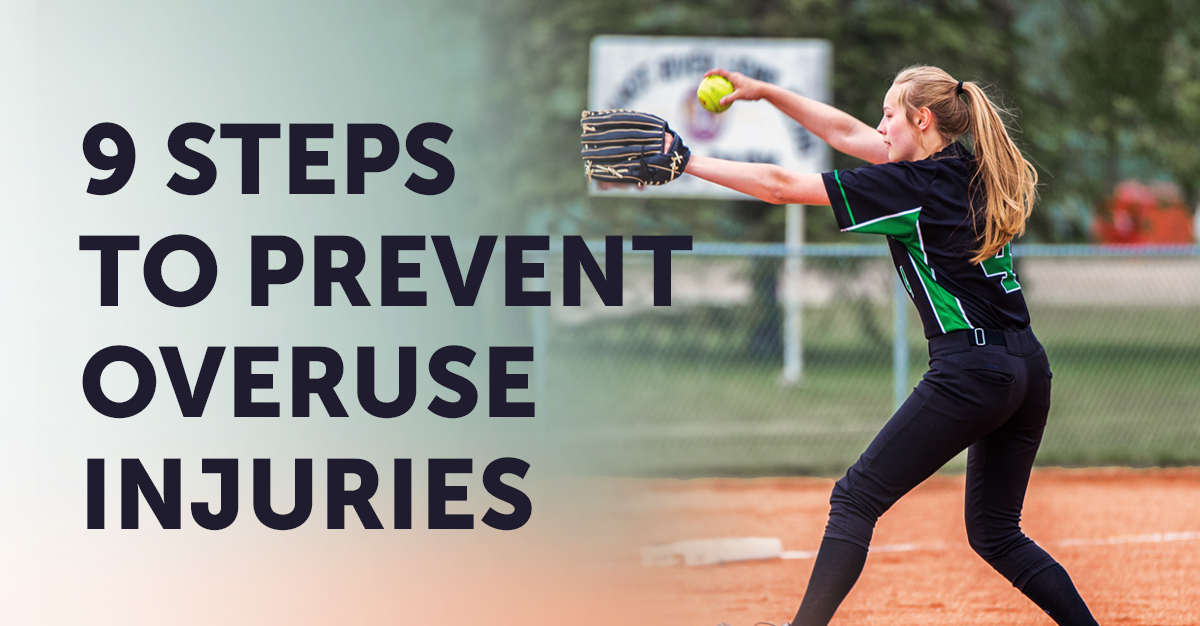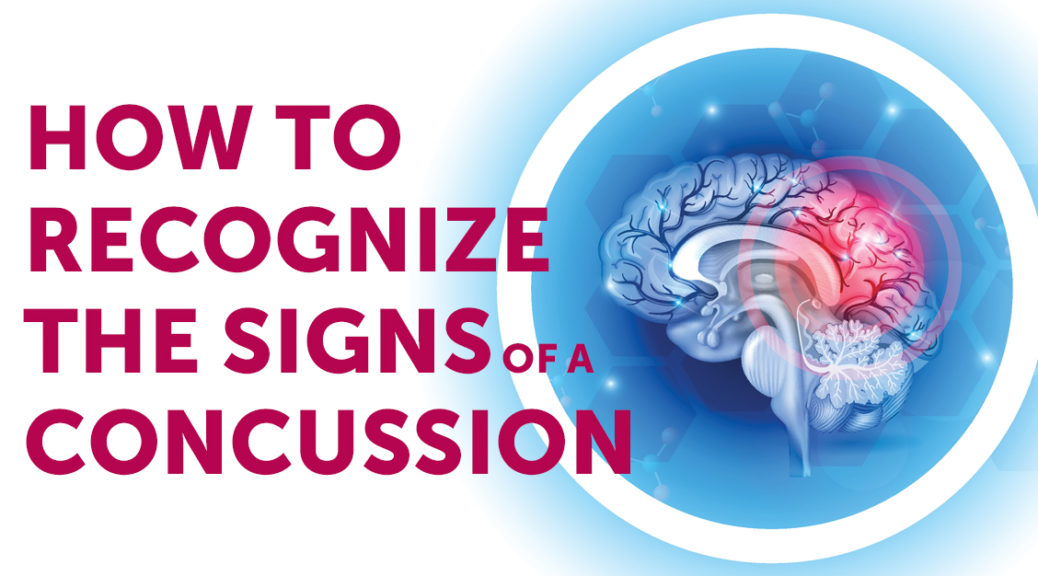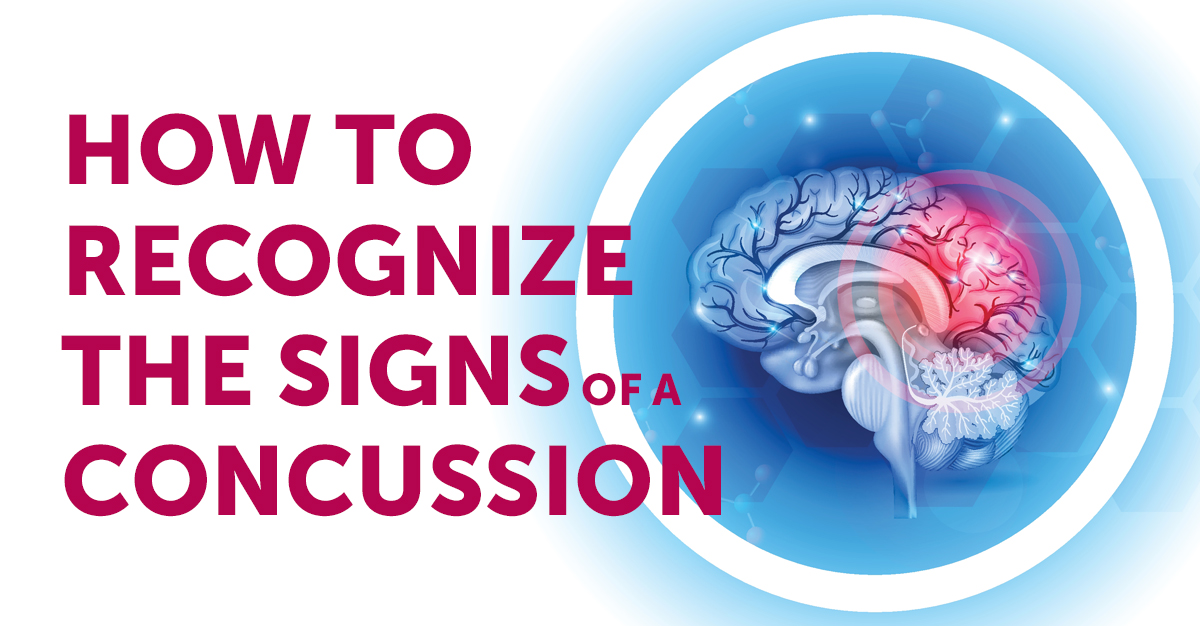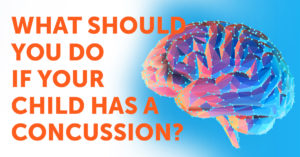After an intense workout you need to replenish your body with the nutrients and vitamins that were lost while exercising. We have compiled a post workout nutrition guide to help you make good choices as you refuel your body.
PROTEIN, CARBOHYDRATE AND WATER:
Intake within 30-60 minutes post workout for optimal nutrient uptake (muscles and energy system get the most out of the nutrients).
PROTEIN TO CARBOHYDRATE RATIO OF 3:1 (chocolate milk is perfect: 8g Carbs/ 24g Protein)
TAKING IN PROTEIN WITH CARBOHYDRATES
• Slows nutrient uptake into the bloodstream (keeping blood sugar from spiking up, minimizing production of insulin which in turn slows fat storage)
• Maintains a steady burning metabolism
• Helps to more effectively restore muscle glycogen (energy)
• Begins to heal muscle tissue quicker.
BASIC POST WORKOUT MEALS INCLUDE:
• Wheat Bagel with Almond Butter
• Tuna on Wheat Crackers
• Cereal with Skim Milk
• Greek Yogurt with Fruit
• Stir Fry
• Turkey/Chicken Sandwich
• Protein Bar
• Hummus with Whole Grain Pita
• Sports drink with Protein Shake
• Water, Water, Water!!!!
There are many more choices, and creativity is always an option. The important part is to choose a lean meat or protein source (chicken, turkey, fish, lean beef, tofu, beans, nuts), healthy carbohydrate source (whole grain, fruits, vegetables, nuts) and a small amount of healthy fat (Unsaturated: Avocadoes, almonds, walnuts, olive oil). Mixing and matching these is the best approach. This guarantees the widest range of vitamins and minerals in your meal.

